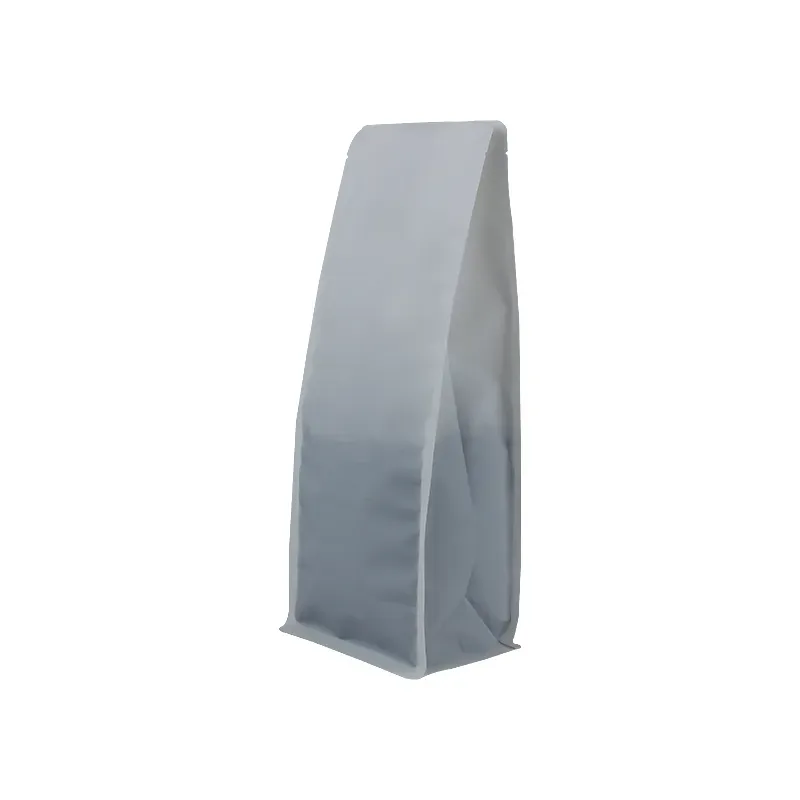- Afrikaans
- Albanian
- Amharic
- Arabic
- Armenian
- Azerbaijani
- Basque
- Belarusian
- Bengali
- Bosnian
- Bulgarian
- Catalan
- Cebuano
- chinese_simplified
- chinese_traditional
- Corsican
- Croatian
- Czech
- Danish
- Dutch
- English
- Esperanto
- Estonian
- Finnish
- French
- Frisian
- Galician
- Georgian
- German
- Greek
- Gujarati
- haitian_creole
- hausa
- hawaiian
- Hebrew
- Hindi
- Miao
- Hungarian
- Icelandic
- igbo
- Indonesian
- irish
- Italian
- Japanese
- Javanese
- Kannada
- kazakh
- Khmer
- Rwandese
- Korean
- Kurdish
- Kyrgyz
- Lao
- Latin
- Latvian
- Lithuanian
- Luxembourgish
- Macedonian
- Malgashi
- Malay
- Malayalam
- Maltese
- Maori
- Marathi
- Mongolian
- Myanmar
- Nepali
- Norwegian
- Norwegian
- Occitan
- Pashto
- Persian
- Polish
- Portuguese
- Punjabi
- Romanian
- Russian
- Samoan
- scottish-gaelic
- Serbian
- Sesotho
- Shona
- Sindhi
- Sinhala
- Slovak
- Slovenian
- Somali
- Spanish
- Sundanese
- Swahili
- Swedish
- Tagalog
- Tajik
- Tamil
- Tatar
- Telugu
- Thai
- Turkish
- Turkmen
- Ukrainian
- Urdu
- Uighur
- Uzbek
- Vietnamese
- Welsh
- Bantu
- Yiddish
- Yoruba
- Zulu
Exploring the World of Unique Tea Packaging and Its Cultural Significance
Exploring the World of Tea Crates A Journey Through Time and Flavor
Tea, an ancient beverage enjoyed by millions, has a storied history that spans cultures and continents. One of the most fascinating aspects of tea's journey from leaf to cup is the role of tea crates. These crates, often made from wood, have not only been a practical means of transporting tea leaves but have also become symbols of heritage and craftsmanship. In this article, we explore the significance of tea crates, their historical context, and their impact on the tea industry today.
Historically, tea was first discovered in China around 2737 BCE, but it wasn't until the Tang Dynasty (618-907 CE) that it began to gain popularity across the country. As tea started to spread to other regions, particularly Europe, the need for efficient transportation systems became paramount. This is where tea crates came into play. Wooden crates were designed to withstand the rigors of long ocean voyages, protecting the delicate leaves from damage while also allowing for proper ventilation.
The design of tea crates evolved over the centuries. Early crates were often simple and utilitarian, constructed from readily available local timber. However, as the tea trade expanded and demand surged, manufacturers began to create more intricate designs. Some crates featured beautifully carved details or branding from specific tea estates, turning an everyday object into a testament to the artistry of the time. These crates could tell stories of the tea estates they came from, the meticulous handpicking of the leaves, and the unique terroir that influenced the flavor profile.
tea crates

Tea crates played a crucial role in the global tea trade, especially during the British colonial period. The East India Company was instrumental in importing tea from Asia to Europe, and wooden crates were essential for shipping large quantities of tea. The iconic image of a ship laden with crates of tea is a powerful symbol of this era, representing both the wealth generated by the tea trade and the complex histories of colonialism and cultural exchange.
Today, while modern shipping methods have largely replaced traditional tea crates, their legacy continues. Many tea enthusiasts and collectors appreciate the craftsmanship and history behind these wooden boxes. Vintage tea crates are often repurposed as decorative items, furniture, or storage solutions, celebrated for their rustic charm and historical significance. They serve as a reminder of the journey tea has made, connecting the past with present-day tea culture.
Moreover, as the interest in artisanal and specialty teas grows, many tea producers are looking back to the methods of the past. Some are adopting sustainable practices by using eco-friendly materials for packaging, echoing the principles behind traditional tea crates. This shift emphasizes the importance of quality over quantity, ensuring that each leaf retains its unique character and flavor.
In conclusion, tea crates are much more than simple containers; they are a bridge between history and contemporary tea culture. They reflect the artistry of tea production, the global trade networks that brought tea to our cups, and the enduring love for this beverage. As we sip our favorite brews, let us remember the journey these leaves have taken, encapsulated in the history of tea crates. Whether we’re enjoying a cup of classic Earl Grey or exploring a unique, rare blend, the stories held within those crates continue to enrich our experience, connecting us to the rich tapestry of tea’s past. So next time you indulge in a cup of tea, take a moment to appreciate not just the flavor, but the legacy of the humble tea crate that helped bring it to life.













